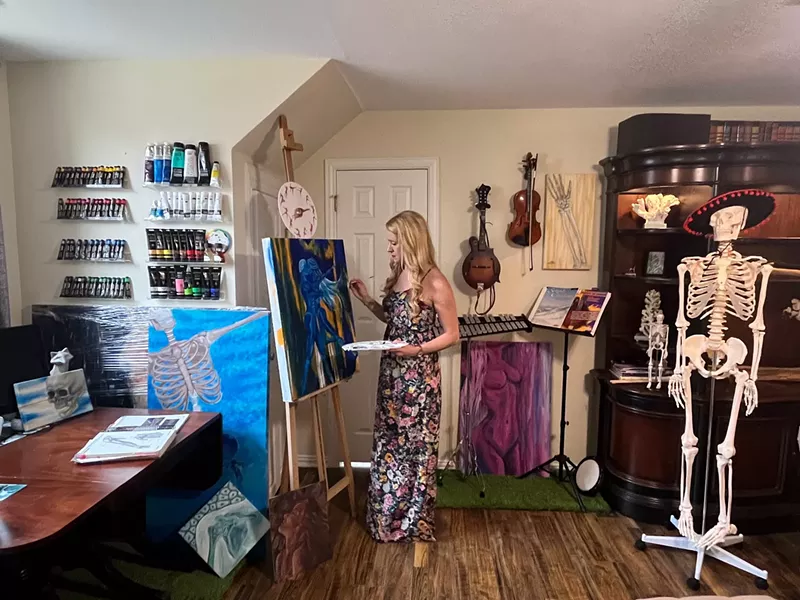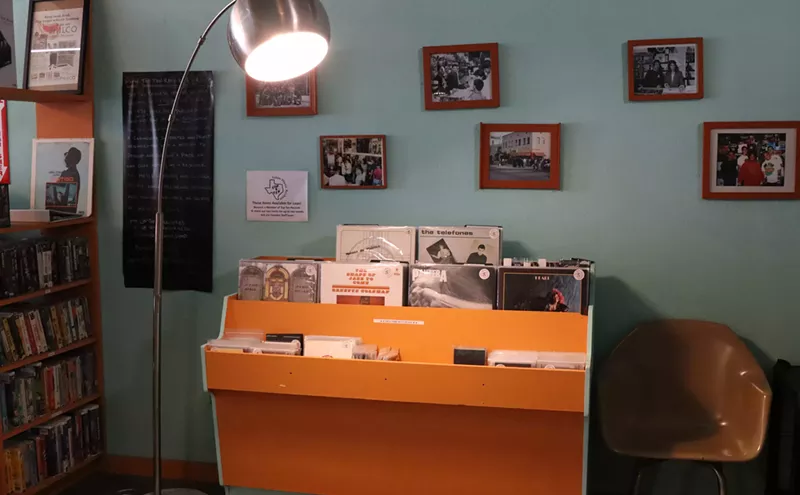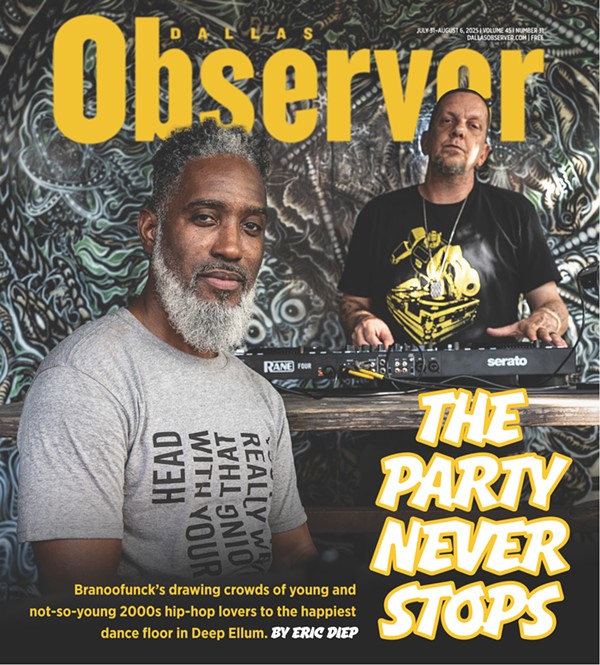There’s an artist in all of us, even among the left-brained types. Chrystal Clark has been drawing and creating fine art since her youth, but she’s a doctor by profession.
Though her inner artist was forced into hiatus, for the most part, while obtaining her degree in physical therapy, Clark found a way to work art back into her life by drawing the human body.
To acquire her doctorate in physical therapy, Clark spent years studying the body's muscular and skeletal systems. She became increasingly fascinated with the aesthetics of the human body and its intricate inner structures.
“I would schedule little art get-together parties for physical therapy students and the staff,” Clark says. “I tried to keep up with art, drawing sketches of anatomy in my notes. It was a fun way to study.”
Through college, Clark kept herself engaged in her studies by drawing sketches of anatomical systems in her notes and admiring the more elaborate drawings done in particular scholarly works.
“Netter’s Atlas of Human Anatomy was such a beautiful textbook to me,” she says. “Dr. Frank Netter did all these paintings of the body. He had a beautiful collection of anatomy, and he made it look pretty. He drew anatomy and cadavers that were kind of appealing to look at, and he had a way of making it look kind of glamorous.”
Clark's bubbly personality contrasts with her apartment, which is decorated with skull and skeletal paintings and medical-grade anatomical models, not to mention a variety of instruments, sports equipment, paddle boards and other hobby materials. She pulls Netter’s Atlas from a nearby shelf and begins flipping the pages to her favorite sections. She notes the pretty details in figures such as the eyeball anatomy diagram, where she points out a palm tree reflection on the iris — something most onlookers wouldn’t notice.
Her interest in the images found in anatomy textbooks influenced her post-graduate college choice when she saw that the University of St. Augustine for Health Sciences had brought on Dr. Carlos Machado as a professor, whom she had the opportunity to study under.
“He was one of my professors and he warmly accepted an invitation to be a guest at my art parties,” she says, noting his “cool” nature. “He rode a motorcycle and rock climbed, and just a lot of stuff you wouldn’t imagine.”
Clark now makes art under the name Dr. Clark Art. When she’s not creating her art, she’s practicing unlikely hobbies such as wake surfing, stand-up paddle boarding and tai chi.
“When I went to grad school, I had a dream that I’d have an art clinic,” Clark says, “to unite the physical fitness and art community together. When you have a visual aid to look at, it gives patients a better understanding of what’s going on inside their body. And when it’s visually appealing, people are more interested in it. They start thinking about their body and health more.”
Through all her studies, Clark has built a collection of anatomical sketches that she uses as the backbone of her artwork. She has a layered method to her work, creating the outline first, which looks like a more traditional painting, and adding anatomical details afterward.
One of her designs features a couple dancing. In this work, Clark painted the muscular system on top of their anatomically correct figures. Other paintings depict skeletons or various parts of the human body on top of a network of cells connected into human tissue, the way you would see the tissue through a microscope.
While you’d expect most artwork featuring skeletal systems or skulls to have a dark undertone, Dr. Clark Art’s paintings use bright colors and alluring natural patterns that appear cheery and animated at first glance, calling the viewer in for a deeper scrutiny up close.
“It surprises me how many people don’t know about anatomy, so the more exposure the better,” she says. “It’s an integrated part of who we are, so I think it’s fun to visualize it outside the body. Some people really love anatomy; we just have to make it not creepy somehow.”

Audio By Carbonatix
[
{
"name": "GPT - Billboard - Slot Inline - Content - Labeled - No Desktop",
"component": "21721571",
"insertPoint": "2",
"requiredCountToDisplay": "2"
},{
"name": "STN Player - Float - Mobile Only ",
"component": "21861991",
"insertPoint": "2",
"requiredCountToDisplay": "2"
},{
"name": "Editor Picks",
"component": "17105533",
"insertPoint": "4",
"requiredCountToDisplay": "1"
},{
"name": "Inline Links",
"component": "18349797",
"insertPoint": "8th",
"startingPoint": 8,
"requiredCountToDisplay": "7",
"maxInsertions": 25
},{
"name": "GPT - 2x Rectangles Desktop, Tower on Mobile - Labeled",
"component": "22608066",
"insertPoint": "8th",
"startingPoint": 8,
"requiredCountToDisplay": "7",
"maxInsertions": 25
},{
"name": "Inline Links",
"component": "18349797",
"insertPoint": "8th",
"startingPoint": 12,
"requiredCountToDisplay": "11",
"maxInsertions": 25
},{
"name": "GPT - Leaderboard to Tower - Slot Auto-select - Labeled",
"component": "17357520",
"insertPoint": "8th",
"startingPoint": 12,
"requiredCountToDisplay": "11",
"maxInsertions": 25
}
]












